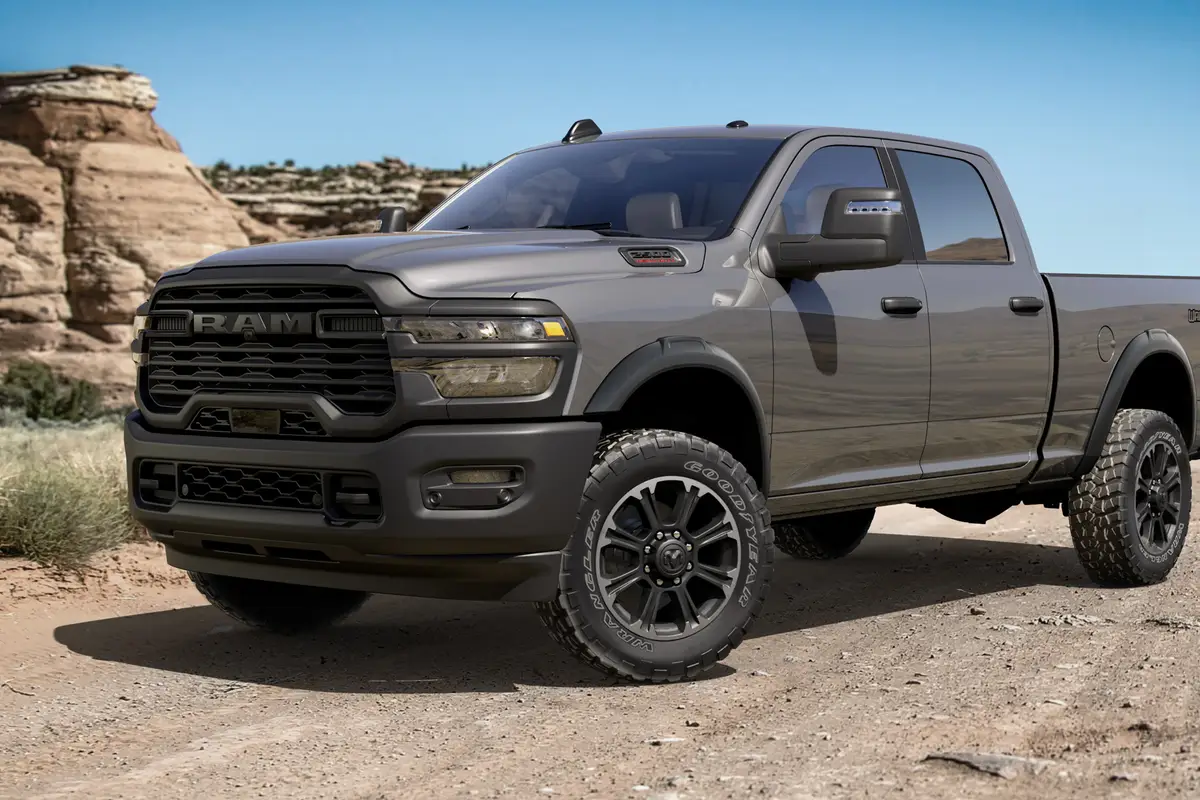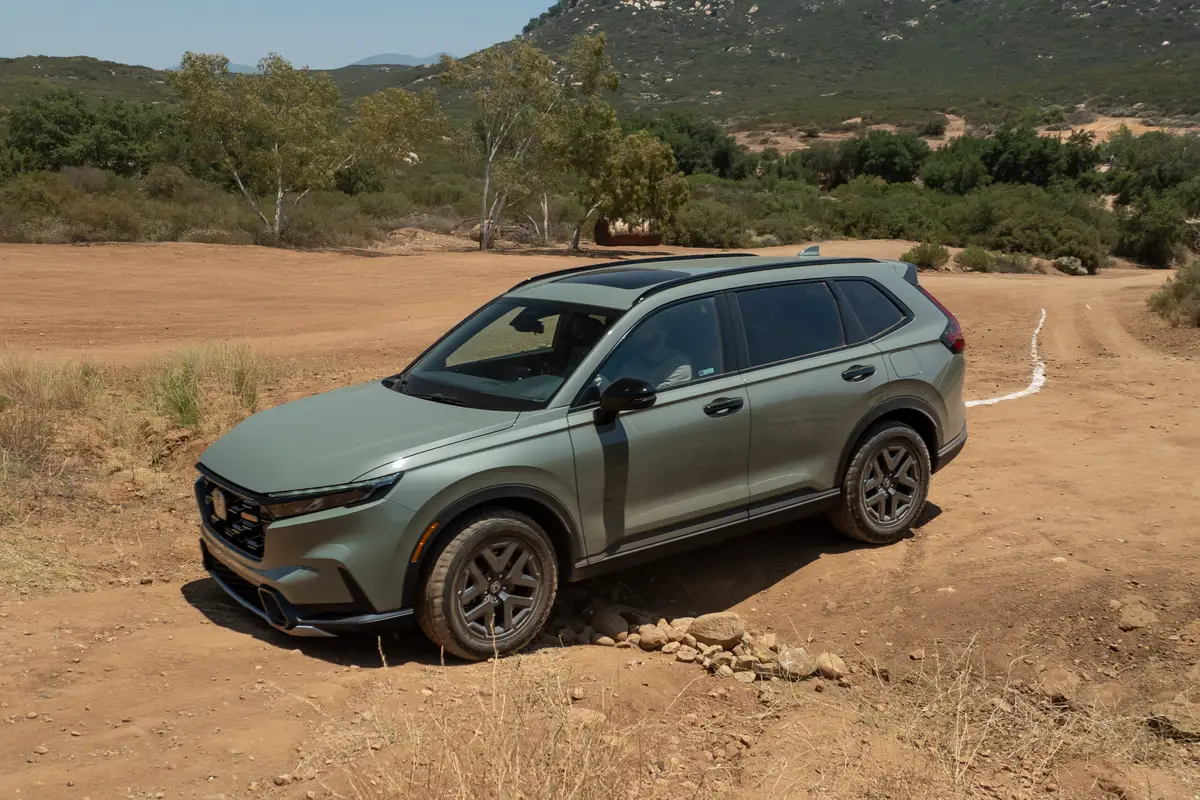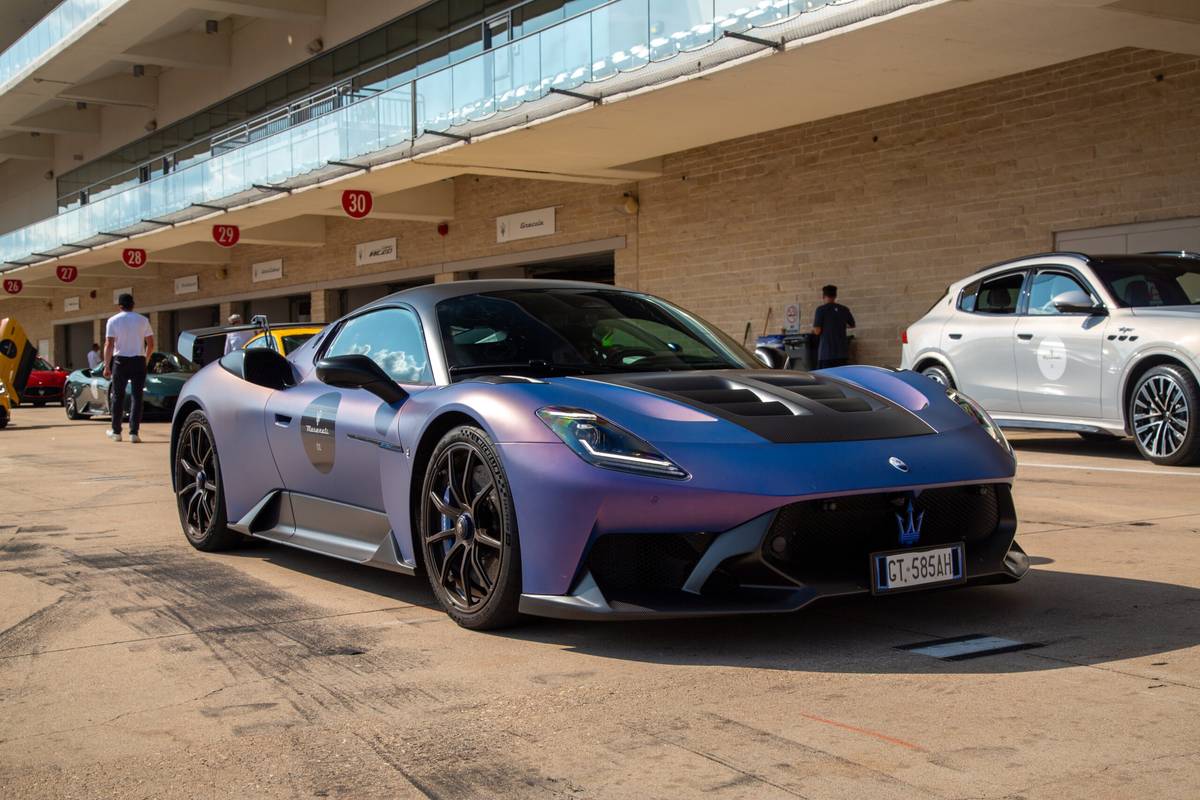Boston.com's view
Call it “Product Placement,” “Embedded Marketing,” or simply being in the right place at the right time.
The Kia Optima, the official car of the National Basketball Association, was the beneficiary of all of the above last weekend for the climactic moment of the NBA’s Slam Dunk Contest, one of the highlights of the league’s All-Star Weekend.
After the car was rolled onto the court, a choir sang “I Believe I Can Fly”, and Los Angeles Clippers rookie Blake Griffin took off for the basket, jumping over (not onto) the hood of the Optima, grabbing a pass through the sunroof from teammate Baron Davis (in the car), and slamming the ball through the basket.
The night’s TV ratings say the program peaked at 10.4 million viewers during Griffin’s historic shot, the kind of exposure that make Kia’s marketing efforts look inspired. It was an appropriate coupling of car and event because, even as Kia is riding a wave of sales success, its all-new Optima could be a slam-dunk winner, too.
Coincidence had an Optima test car in my driveway the same night as Griffin’s dunk.
The Optima has achieved the metamorphosis from “unremarkable choice” to a first-class, five-passenger mid-sized sedan. In this total redesign, Kia has strived to give the Optima, like all its vehicles, a sportier image than its Korean cousin and corporate sibling Hyundai. Even though the Optima shares a platform and engines with the critically acclaimed Hyundai Sonata, the exterior design, suspension tuning, and interior treatment are significantly different.
Sitting in the driver’s seat, you immediately notice that the instrument panel is slanted, cockpit-style, so that all controls face the operator. The materials feel and look first-rate and the construction seems more European than Asian.
“Our” Optima was the mid-level EX with an MSRP (including destination) of $23,190. It had the only two factory options available, a $2,000 technology package (navigation system, back-up camera, Infinity audio system) and the $2,250 premium package that included a panoramic two-piece sunroof, heated and cooled front seats, heated rear outboard seats, and my favorite: a heated steering wheel.
Mrs. G especially liked the optional power passenger seat. “I like to be able to recline the seatback and doze during some of the test drives and sometimes struggled with the manual-type controls,” she says.
The heated wheel was a welcome accoutrement, especially on THAT Saturday. The day the NBA’s Griffin was so hot in Los Angeles, this Griffith was frozen in Boston where the temperatures in the teens were accompanied by 40-mph wind gusts. However, the Optima’s two-level heated seats, the warm wheel, and dual-zone climate control all worked perfectly.
Even though the Optima’s drivetrain was the same as in the Sonata, the Kia had noticeably different handling characteristics. The suspension seemed quieter than the Sonata’s, especially over the nasty stretches of road emerging now that we’ve entered pothole season. Whether it’s the result of the different tuning or the placement of sound insulation isn’t certain, but it’s a big step forward in the ride/handling department.
Under the hood our Kia had the standard 2.4-liter four-cylinder direct injection engine. A 2.0-liter turbo also is available as a stand-alone EX-turbo model, and a hybrid is on the way. All are front-wheel-drive vehicles without all-wheel-drive offerings.
The base engine is rated between 24 miles per gallon city and 34 highway when coupled with the standard 6-speed automatic transmission. We achieved 27.2 mpg in mostly cold-weather urban driving. A 6-speed manual transmission, available only on the base LX model, is rated at 24 mpg city and 35 highway.
We found the seats comfortable, and rear-seat passengers were able to enjoy sufficient legroom and a heated seat control. However, during a trip to the hardware store, we learned that the back seat doesn’t fold to accommodate longer cargo, in this case shelving. Fortunately, the six-foot sections did fit in the good-sized passenger cabin.
Because the Optima and Sonata were designed for a four-cylinder engine, the extra space was put to good use in the passenger area. However, the Optima has a coupe-like roofline, a styling feature accentuated by a chrome strip from the windshield back to the trunk. The sloping roofline, coupled with the double-paneled sunroof, limits rear-seat headroom for taller passengers.
Optima’s limited optional packages make construction easier and also simplify dealer inventories. However, that means one feature we especially like-the rearview camera-only is available with the Navigation system. The camera helped us squeeze into a tight parallel-parking spot in Somerville’s Davis Square, saving the car in our own home game of bumper tag.
2011 Kia Optima EX
THE BASICS
Price, base/as tested (with destination): $23,190 / $27,440.
Fuel economy, EPA estimated: 24 city / 34 highway.
Fuel economy, Globe observed: 27.2.
Drivetrain: 2.4-liter engine, 6-speed automatic transmission, front-wheel-drive.
Body: 5-passenger sedan.
THE SPECIFICS
Horsepower: 200 @ 6,300 rpm.
Torque: 186 lb.-ft. @ 4,250 rpm.
Overall length: 190.7 in.
Wheelbase: 110.1 in.
Height: 57.3 in.
Width: 72.1 in.
Curb weight: 3,223 pounds.
THE GOOD: Refinement, equipment, fuel economy.
THE BAD: Rear-view camera, a huge safety advance, only available with navigation system; no all-wheel-drive version.
THE BOTTOM LINE: Kia outdid itself with this redesign. Optima is well-equipped at each price level and a winner in the “bang for your buck” category.
ALSO CONSIDER: Chevrolet Malibu, Ford Fusion, Honda Accord, Hyundai Sonata, Mazda 6, Subaru Legacy, Suzuki Kizashi, Toyota Camry.
Latest news



